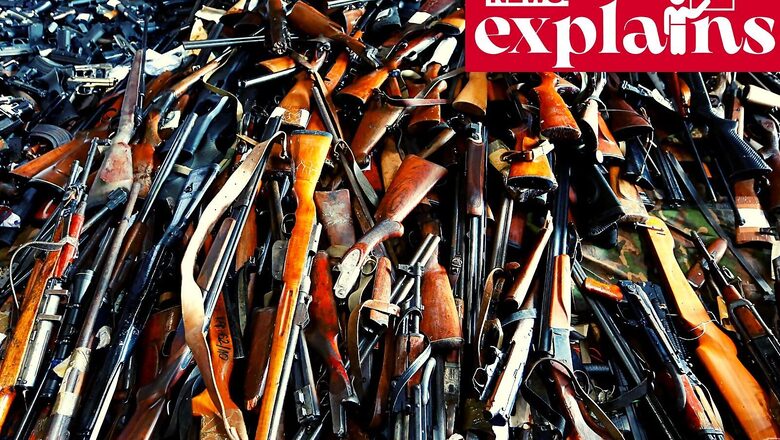
views
Seven people were killed in two separate shootings at agricultural facilities in a California coastal town south of San Francisco on Monday, the state’s third mass killing in eight days, including Saturday’s attack at a dance hall that killed 11 people during Lunar New Year celebrations.
Chunli Zhao, 67, was arrested in the parking lot of a sheriff’s substation after officers discovered him in his car, according to San Mateo County Sheriff Christina Corpus.
Four people were found dead and a fifth injured from gunshot wounds at a farm, and officers discovered three more people dead several miles away, according to the Sheriff’s Office. The murders took place on the outskirts of Half Moon Bay, a city located about 30 miles (48 kilometres) south of San Francisco. Corpus stated that the two locations were nurseries, but it was unclear how they were linked.
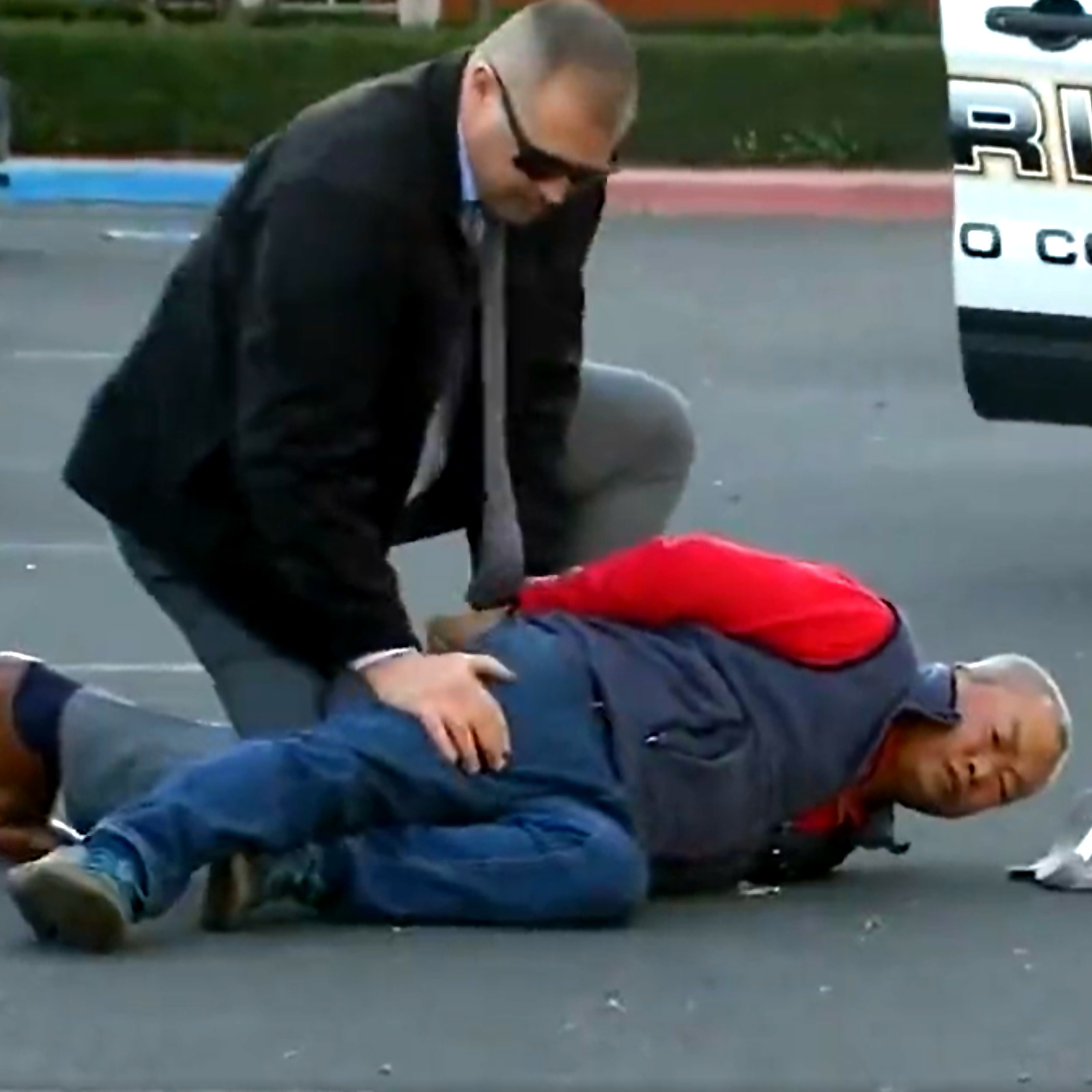
In the United States, the new year has brought a shocking string of mass killings — six in less than three weeks, accounting for 39 deaths. According to a database compiled by The Associated Press, USA Today, and Northeastern University, three have occurred in California since Jan. 16. Since 2006, the database has tracked every mass killing — defined as four deaths not including the offender — committed in the United States.
While a lot of debate has ensued over the motives of such killings – from mental health to skewed demographics – one key point remains; US gun laws.
According to a reports, gun legislation as an issue is mired in the complex politics and culture of the country.
Firearms deaths are a common occurrence in American society and between 1968 and 2017, there were 1.5 million of them, which is more than the number of soldiers killed in every US conflict since the American War of Independence in 1775, a report by BBC says.
More than 45,000 Americans died at the end of a gun barrel in 2020 alone, whether by homicide or suicide, more than in any other year on record. The figure represents a 25% increase over the previous five years and a 43% increase over 2010. However, the issue is highly political, pitting gun control advocates against segments of the population fiercely defending their constitutionally protected right to bear arms.
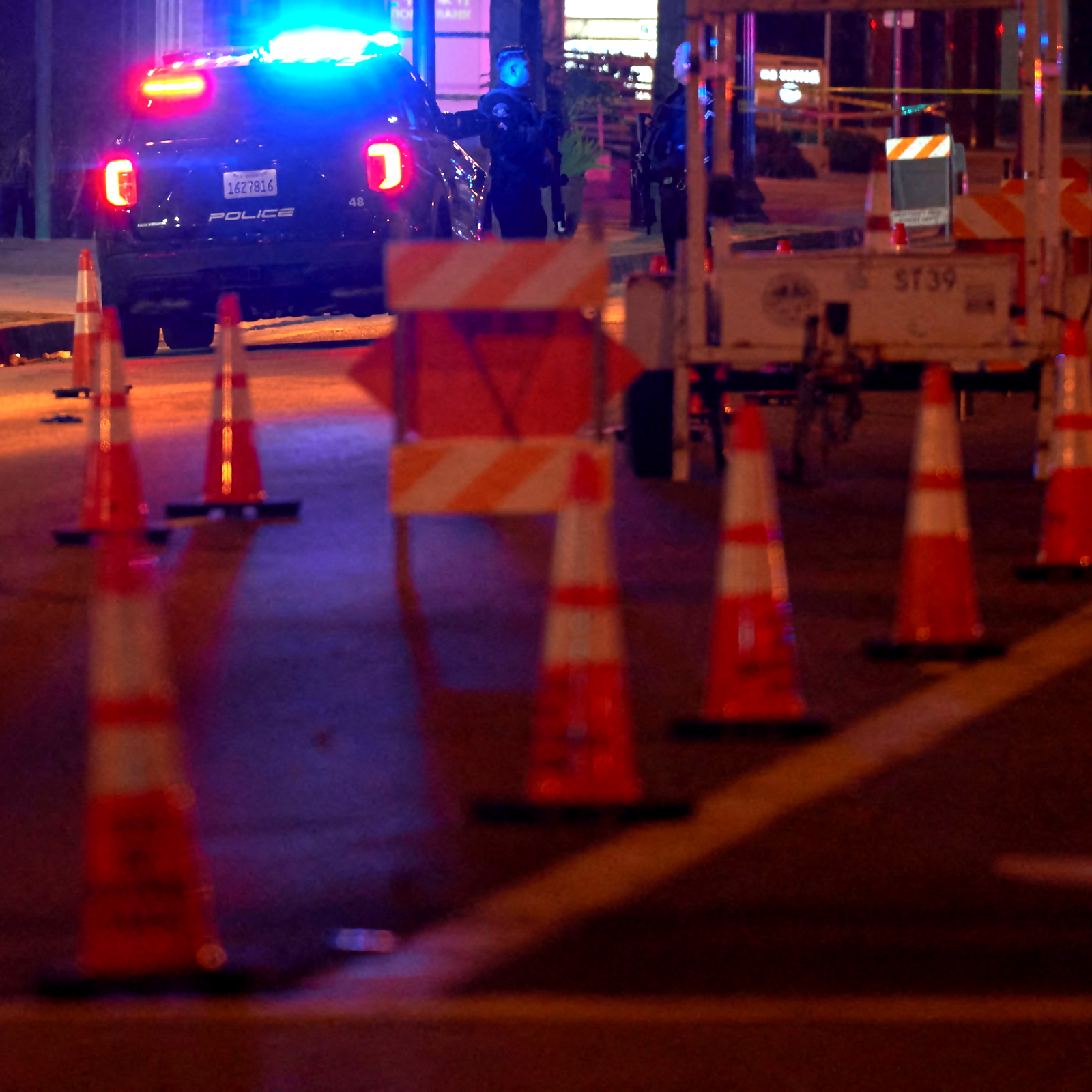
Gun ownership is also relatively high in Canada, with approximately 35 firearms per hundred residents (ranking fifth in the world), but the country does not face the same level of gun violence, a report by the Council on Foreign Relations states.
And in Australia, the Port Arthur massacre in 1996 was the tipping point for modern gun control, when a young man killed 35 people and injured nearly two dozen more. The rampage, carried out with a semiautomatic rifle, was the worst mass shooting in the nation’s history. Less than two weeks later, in collaboration with the various states and territories that regulate firearms, the conservative-led national government pushed through fundamental changes to the country’s gun laws.
The National Agreement on Firearms effectively banned automatic and semiautomatic assault rifles, mandated licencing and registration, and established a temporary gun buyback programme that removed approximately 650,000 assault weapons (roughly one-sixth of the national stock) from public circulation. The law also required licensees to demonstrate a “genuine need” for a specific type of gun and to complete a firearm safety course.
Who Governs Access to Firearms in the United States?
Access to firearms in the United States is governed by a number of federal statutes. These laws govern the production, sale, possession, transfer, record keeping, transportation, and disposal of firearms, ammunition, and firearms accessories.
State agencies and the federal Bureau of Alcohol, Tobacco, Firearms, and Explosives enforce them (ATF). In addition to federal gun laws, every state and some local governments have their own laws governing firearms.
Why is the Right to Bear Arms Constitutionally Protected in the Country?
The Second Amendment to the United States Constitution protects the right to keep and bear arms, though there was a lack of clear federal court rulings defining the right until the United States Supreme Court ruled in District of Columbia v. Hellerstedt that it protects any individual’s right to keep and bear arms unconnected with militia service for traditionally lawful purposes, such as self-defense within the home, in District of Columbia v. Hellerstedt (2008).
This was followed by the Supreme Court’s affirmation in McDonald v. City of Chicago (2010) that the Second Amendment is incorporated by the Fourteenth Amendment’s Due Process Clause and thus applies to both state and local laws as well as federal laws.
So Why Is It So Hard to Make Gun Laws Stricter?
While the majority of Americans support stricter gun laws, including universal background checks, a vocal Republican minority strongly opposes such legislation — and is willing to put pressure on GOP lawmakers to do the same.
This group of voters, along with the NRA and a well-funded gun lobby, sees gun control as a deciding issue, one that could lead to a primary challenge for a lawmaker who votes for it.
The gun lobby has an advantage in terms of enthusiasm. Despite being outnumbered, Americans who oppose gun control are more likely to contact public officials about it and base their votes on it, according to Matthew Lacombe of Barnard College in 2020.
Do Stricter Gun Laws Help?
For the first time since the 1990s, Congress passed a bipartisan gun safety bill in June. However, the new law, which encourages states to pass red flag laws, strengthens background checks for gun buyers under 21, and closes the “boyfriend loophole,” which allowed some people with domestic violence convictions to purchase guns, is insufficient to address the root causes of mass shootings.
According to some studies, even truly universal background checks may have limited effects on gun violence.
A Culture Question
For the men designing the new United States in the 1770s and 1780s, there was no question about gun ownership. They said the monopoly on guns by the monarchies of Europe and their armies was the very source of oppression that the American colonists were fighting.
James Madison, the “father of the constitution,” cited “the advantage of being armed, which the Americans possess over the people of almost every other nation.” But he and the other founders understood the issue was complex. The new states did not trust the nascent federal government, and wanted their own laws, and own arms.
They recognized people needed to hunt and protect themselves against wild animals and thieves. But some worried more private guns could just increase frontier lawlessness.
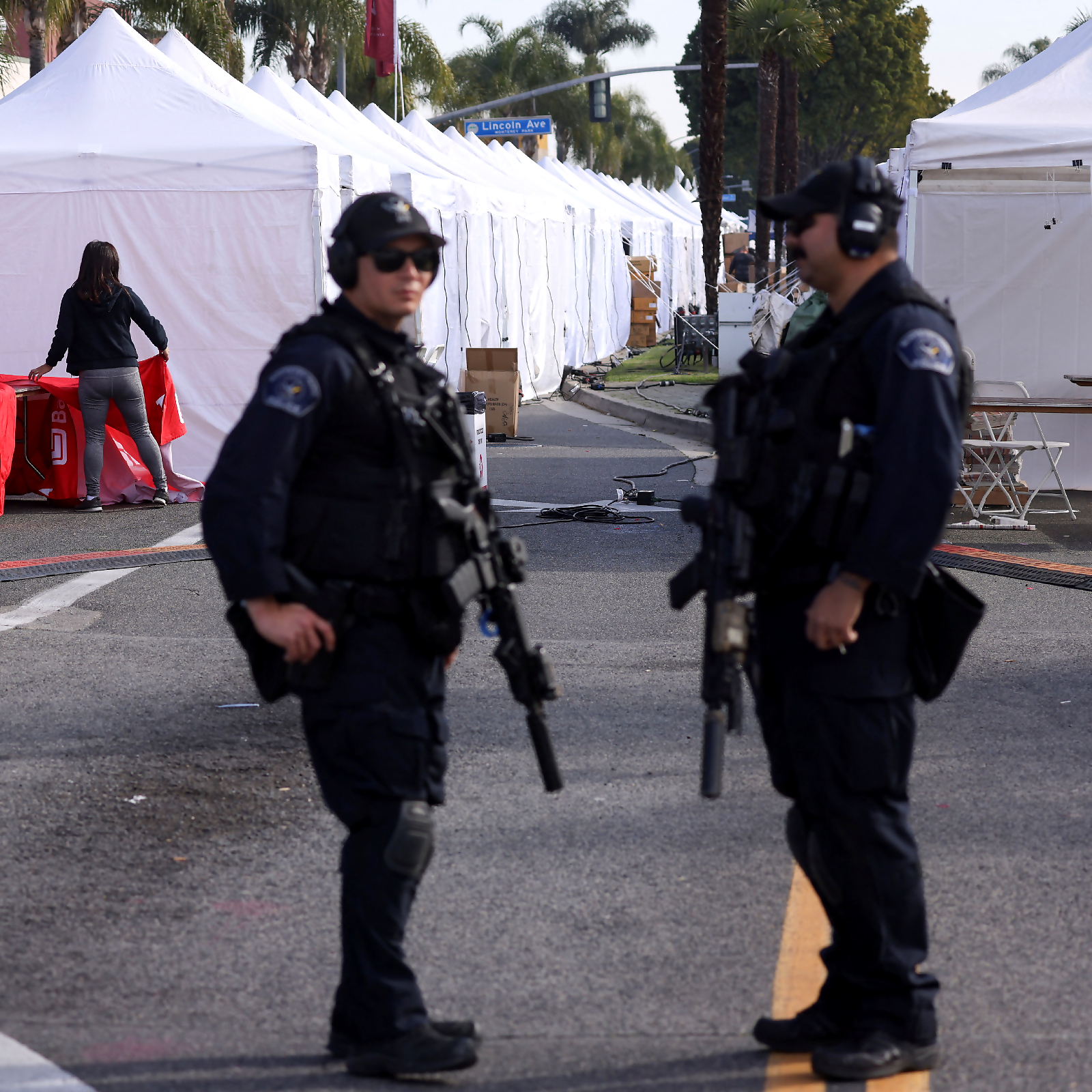
Were private guns essential to protect against tyranny? Couldn’t local armed militia fulfil that role? Or would militia become a source of local oppression? In 1791, a compromise was struck in what has become the most parsed phrase in the Constitution, the Second Amendment guaranteeing gun rights:
“A well regulated militia, being necessary to the security of a free state, the right of the people to keep and bear arms, shall not be infringed.”
1960s gun control
Over the following two centuries, guns became an essential part of American life and myth.
Gun Culture 1.0, as Wake Forest University professor David Yamane describes it, was about guns as critical tools for pioneers hunting game and fending off varmints — as well as the genocidal conquest of native Americans and the control of slaves. But by the early 20th century, the increasingly urbanized United States was awash with firearms and experiencing notable levels of gun crime not seen in other countries.
From 1900 to 1964, wrote the late historian Richard Hofstadter, the country recorded more than 265,000 gun homicides, 330,000 suicides, and 139,000 gun accidents. In reaction to a surge in organized crime violence, in 1934 the federal government banned machine guns and required guns to be registered and taxed.
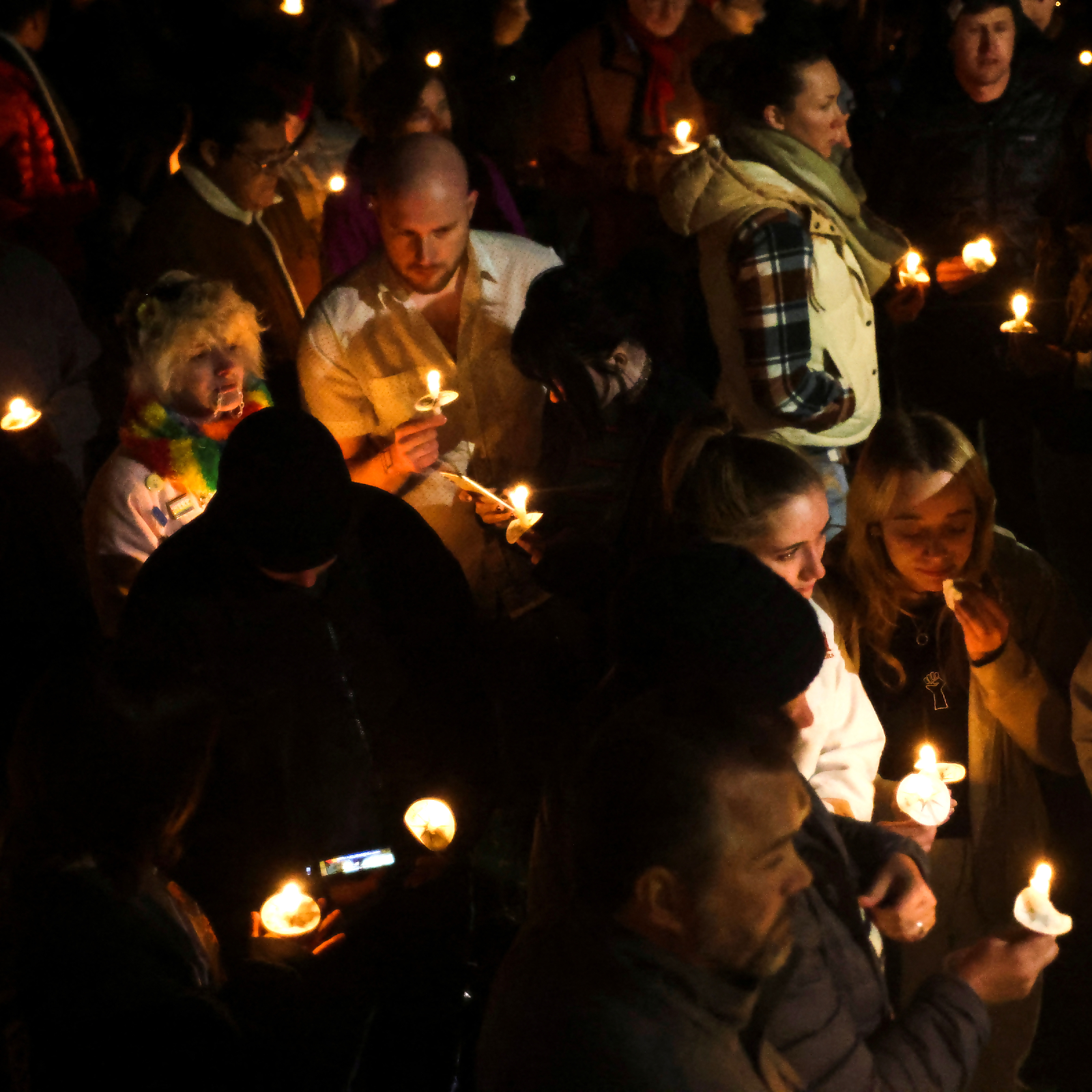
Individual states added their own controls, like bans on carrying guns in public, openly or concealed. The public was for such controls: pollster Gallup says that in 1959, 60 percent of Americans supported a complete ban on personal handguns.
The assassinations of John F. Kennedy, Robert F. Kennedy and Martin Luther King, brought a push for strenuous regulation in 1968. But gunmakers and the increasingly assertive National Rifle Association, citing the Second Amendment, prevented new legislation from doing more than implement an easily circumvented restriction on direct mail-order gun sales.
The Second Amendment
Over the next two decades, the NRA built common cause with Republicans to insist that the Second Amendment was absolute in its protection of gun rights, and that any regulation was an attack on Americans’ “freedom.”
According to Matthew Lacombe, a Barnard College professor, achieving that involved the NRA creating and advertising a distinct gun-centric ideology and social identity for gun owners. Gun owners banded together around that ideology, forming a powerful voting bloc, especially in rural areas that Republicans sought to seize from Democrats.
Jessica Dawson, a professor at the West Point military academy, said the NRA made common cause with the religious right, a group that believes in Christianity’s primacy in American culture and the constitution.
Drawing “on the New Christian Right’s belief in moral decay, distrust of the government, and belief in evil,” the NRA leadership “began to use more religiously coded language to elevate the Second Amendment above the restrictions of a secular government,” Dawson wrote.
Self-defense
Yet the shift of focus to the Second Amendment did not help gunmakers, who saw flat sales due to the steep decline by the 1990s in hunting and shooting sports.
That paved the way for Gun Culture 2.0 — when the NRA and the gun industry began telling consumers that they needed personal firearms to protect themselves, according to Busse.
Gun marketing increasingly showed people under attack from rioters and thieves, and hyped the need for personal “tactical” equipment.
The timing paralleled Barack Obama becoming the first African American president and a rise in white nationalism.
“Fifteen years ago, at the behest of the NRA, the firearms industry took a dark turn when it started marketing increasingly aggressive and militaristic guns and tactical gear,” Busse wrote.
Meanwhile, many states answered worries about a perceived rise in crime by allowing people to carry guns in public without permits.
In fact, violent crime has trended downward over the past two decades — though gun-related murders have surged in recent years.
That, said Wake Forest’s Yamane, was a key turning point for Gun Culture 2.0, giving a sharp boost to handgun sales, which people of all races bought, amid exaggerated fears of internecine violence.
Since 2009, sales have soared, topping more than 10 million a year since 2013, mainly AR-15-type assault rifles and semi-automatic pistols.
“The majority of gun owners today — especially new gun owners — point to self-defense as the primary reason for owning a gun,” Yamane wrote.
Read all the Latest Explainers here


















Comments
0 comment